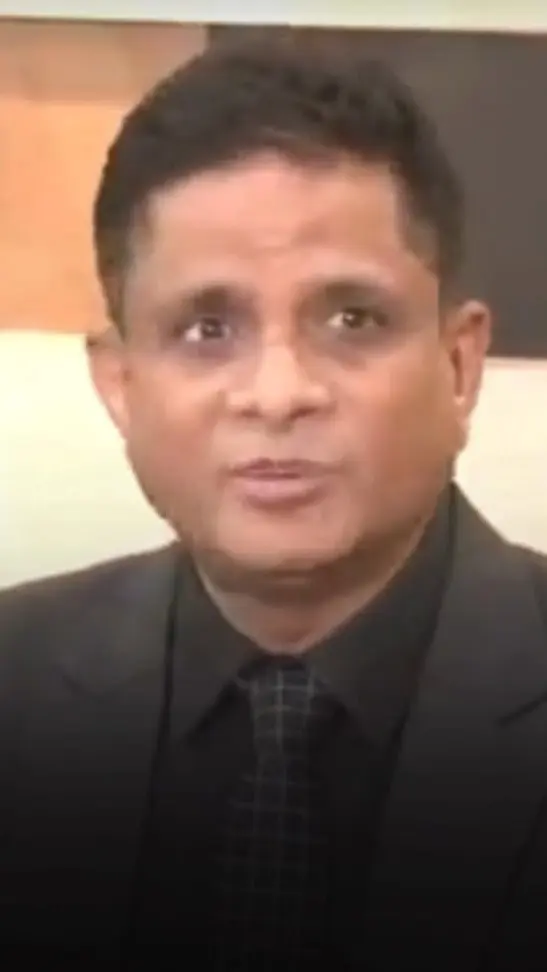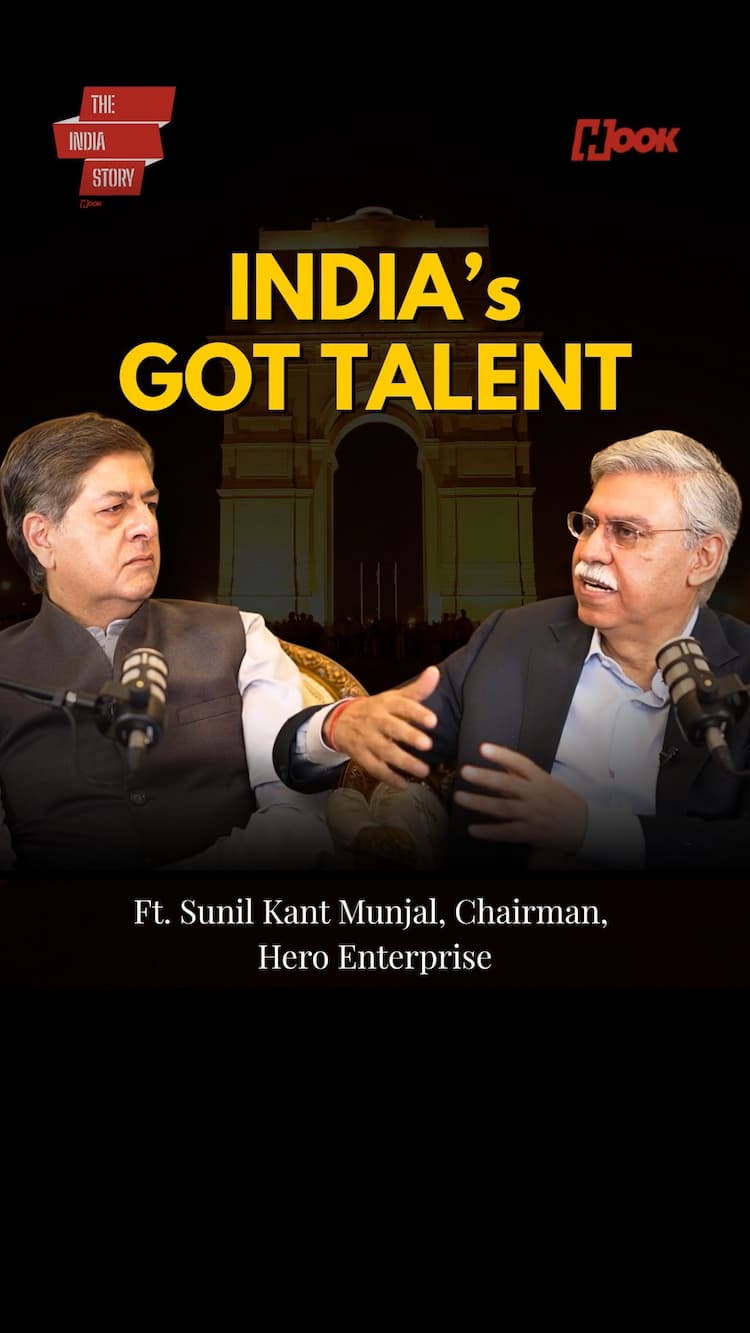Trump’s 25% tariff bombshell: How will India respond?
Business
Utpal Siddhartha 31 JUL 2025 | 12:12:21
US President Donald Trump has dropped the tariff bomb on India, finally acting on his threat. He has announced a 25% tariff on Indian goods shipping into the United States, beginning the first of August.
And while doing so, he reiterated that India’s tariffs were far too high and its non-monetary trade barriers were “most strenuous and obnoxious.”The US President also lashed out against India for buying a vast majority of military equipment from Russia and for being one of the largest buyers of Russian energy products.
Therefore, Trump added, that the US was also going to penalise India, though he didn’t specify how.
A measured response from India
While the US President was as dramatic as ever in making this unexpected announcement, India’s response was at the other end of the spectrum. The Indian government said that it had taken note of Trump’s announcement.
The Indian statement added that the two sides have been engaged in negotiations on concluding a fair, balanced and mutually beneficial bilateral trade agreement, and India remains committed to that objective.
What does it mean for India?
Now, the question that arises out of Trump’s latest tariff twist is what does it mean for India. Most experts believe that in the short term it has the potential to cause severe economic pain for India. A 25% tariff could hit our goods export to the US, which stands at around $85 billion currently. The key sectors that are likely to take the blow include smartphones, pharma, gems and jewellery, toys, engineering exports and marine products such as shrimp.
Short-lived pain?
However, there is still hope that this pain will be short-lived. India and the United States have been trying to thrash out a bilateral trade deal since Prime Minister Modi’s meeting with Donald Trump at the White House in February this year. The two sides have held five rounds of talks, and the sixth round is expected in August when US officials travel to India.
Trade talks: The sticking points
Reports say the key sticking point in these talks has been the US insistence on India opening its agriculture and dairy sectors. The US reportedly also wants India to remove tariffs completely as soon as the trade agreement kicks in. However, India is keen on gradual removal of duties.
Why the tariff action now?
But this brings to the fore another question – why the tariff action when the two sides have been talking. Some experts believe this could be a pressure tactic by the US President to push India to make trade concessions on the demands being made by the US. It will be interesting now to see how India navigates this economic and diplomatic maze.
And while doing so, he reiterated that India’s tariffs were far too high and its non-monetary trade barriers were “most strenuous and obnoxious.”The US President also lashed out against India for buying a vast majority of military equipment from Russia and for being one of the largest buyers of Russian energy products.
Therefore, Trump added, that the US was also going to penalise India, though he didn’t specify how.
A measured response from India
While the US President was as dramatic as ever in making this unexpected announcement, India’s response was at the other end of the spectrum. The Indian government said that it had taken note of Trump’s announcement.
The Indian statement added that the two sides have been engaged in negotiations on concluding a fair, balanced and mutually beneficial bilateral trade agreement, and India remains committed to that objective.
What does it mean for India?
Now, the question that arises out of Trump’s latest tariff twist is what does it mean for India. Most experts believe that in the short term it has the potential to cause severe economic pain for India. A 25% tariff could hit our goods export to the US, which stands at around $85 billion currently. The key sectors that are likely to take the blow include smartphones, pharma, gems and jewellery, toys, engineering exports and marine products such as shrimp.
Short-lived pain?
However, there is still hope that this pain will be short-lived. India and the United States have been trying to thrash out a bilateral trade deal since Prime Minister Modi’s meeting with Donald Trump at the White House in February this year. The two sides have held five rounds of talks, and the sixth round is expected in August when US officials travel to India.
Trade talks: The sticking points
Reports say the key sticking point in these talks has been the US insistence on India opening its agriculture and dairy sectors. The US reportedly also wants India to remove tariffs completely as soon as the trade agreement kicks in. However, India is keen on gradual removal of duties.
Why the tariff action now?
But this brings to the fore another question – why the tariff action when the two sides have been talking. Some experts believe this could be a pressure tactic by the US President to push India to make trade concessions on the demands being made by the US. It will be interesting now to see how India navigates this economic and diplomatic maze.









